This is where Sam Bussey and Len Scrivens tried to save the horses on Oak Street, Sam died, Len crawled to safety and somehow survived.
The story in the words of a witness:
“Monday 27th April 1942 was the night of the first Blitz on our lovely city of Norwich. I was on the 6am to 2pm shift that day, doing telephone operator duties with the National Fire Service A Division based at Bethel Street, Norwich. I was at home that night and had retired to bed as usual around 10pm. Not long after came the sound of ‘Moaning Minnie’ as we called the air raid sirens. They always seemed to start around that time and we had become so used to planes passing overhead and going on to targets in the Midlands and North of England. Norfolk seemed to be the pathway to these targets, so we had become rather complacent about getting up and taking shelter.
Then cane the usual drone of the enemy planes but instead of passing over they started circling round the city. Looking out of my bedroom window I could see the whole city of Norwich lit up like daylight with the pathfinder flares and I just knew something terrible was about to happen. We hurriedly scrambled into our brick and concrete street shelter only a few steps away from our front door. Then followed nearly two hours of sheer terror.
Apart from the noise of the aircraft dropping their bombs there was also the noise of the anti-aircraft guns. One of these was situated on St James Hill, Mousehold (Heath) only a short distance from our shelter, the noise from this was dreadful. Suddenly the anti-aircraft guns stopped and we heard a different sound, that of fighter planes which had come along to chase away those horrid bombers. I learned later they were most probably Hurricanes stationed at Coltishall.
After the All-Clear sounded we groped our way home. It was such a strange atmosphere, all smoky and exceptionally quiet after the noise of the raid. Just the clanging of the fire-bells and ambulance sirens. We found our home intact and all services still working and made the inevitable ‘cuppa’.
I don’t remember getting much sleep that night and at 5.30am set out to report at Bethel Street for my 6am shift. I can only describe the atmosphere that I found there as bewilderment. Firemen who had been on duty all night with dusty uniforms and dirty faces awaiting roll call to see who was missing. Two of our men had not reported back S/O Sam Bussey and F/M Len Scrivens – they had been trying to release horses from a yard in Oak Street when an H.E. dropped killing Sam and seriously injuring Len. When you think there were only two casualties amongst all those brave men fighting fires with only the protection of a steel helmet, it was a miracle. Nevertheless we were devastated at our loss. The civilian casualties were 167 killed and 600 injured.”
from Mary Joy on WW2 People’s War

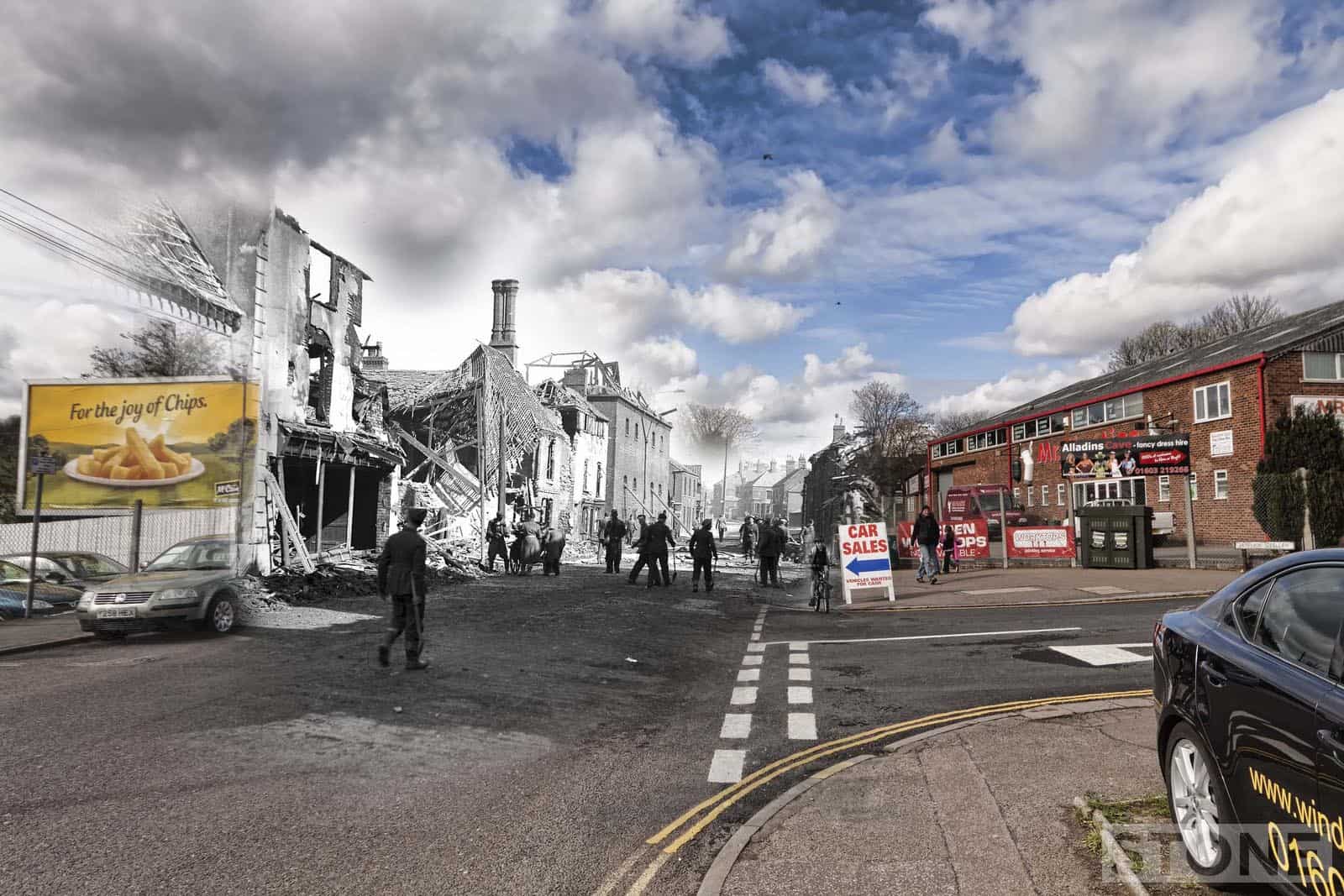
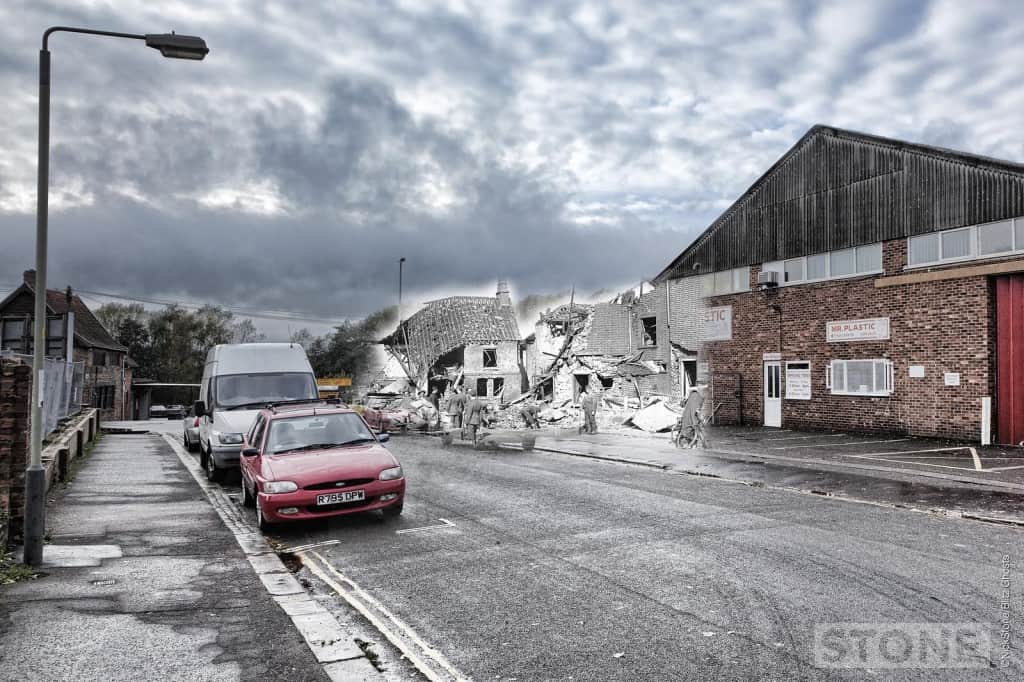
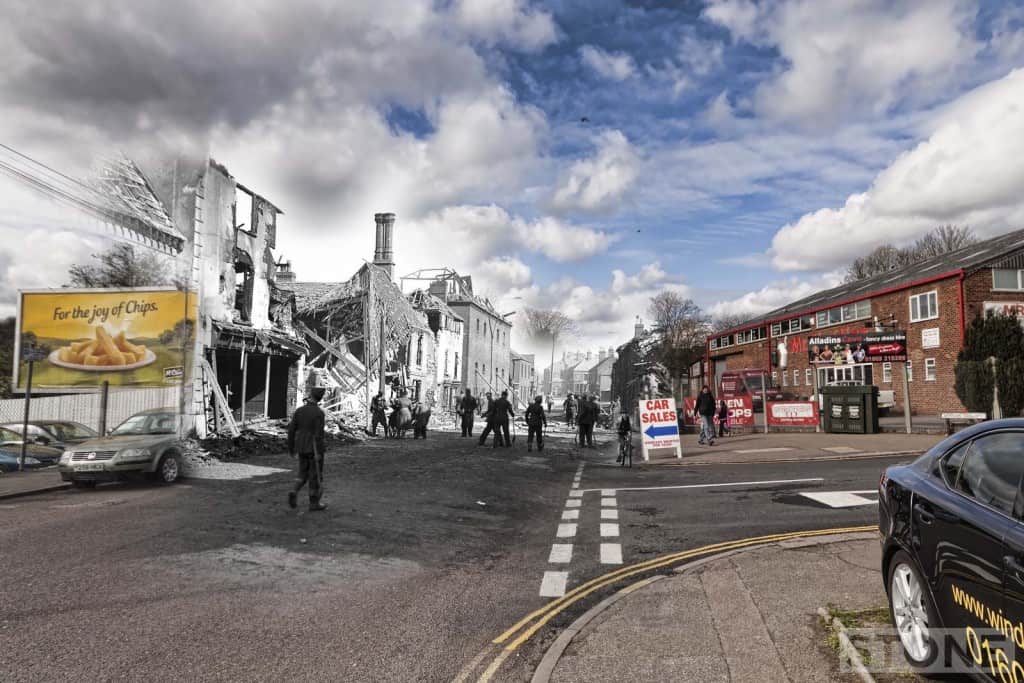
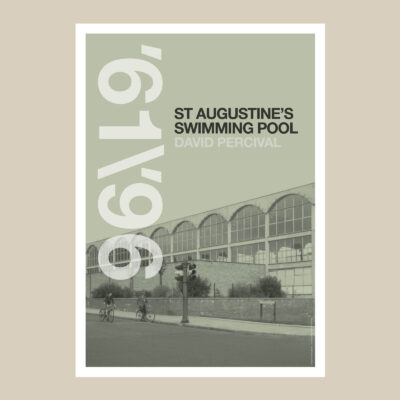
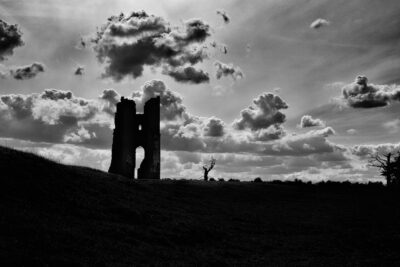
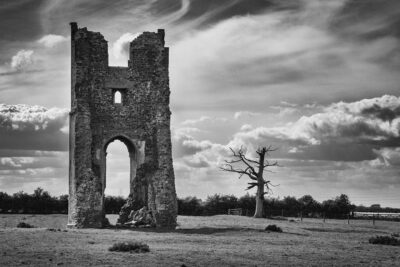
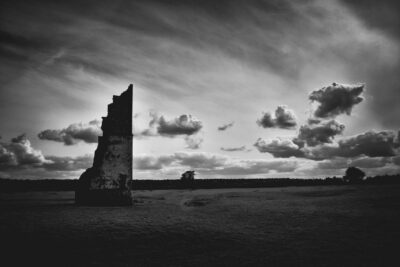
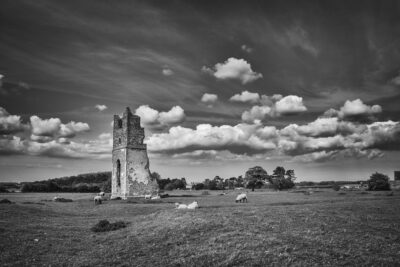
These are amazing. I’m researching these maltings, and have not come across these earlier photos. There were maltings on the site from at least 1797.